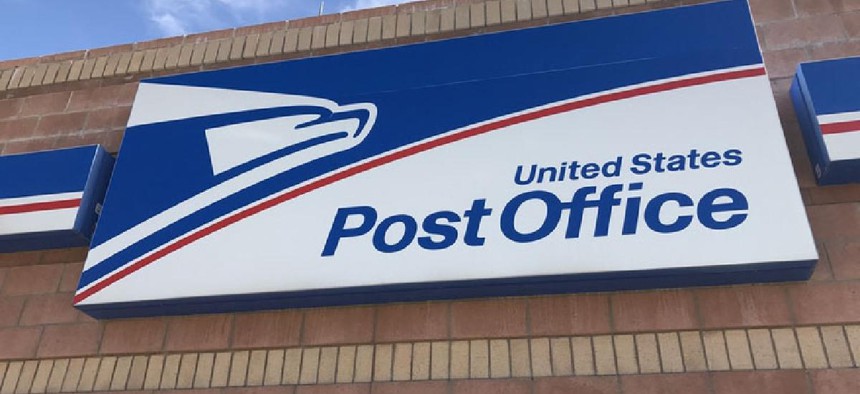Postal Service turns to computer vision AI, edge computing to improve delivery

New systems deployed at 195 mail processing centers nationwide.
To help process 7.3 billion packages a year – 231 per second – the U.S. Postal Service is using artificial intelligence.
Announced this month, USPS has deployed advanced computer systems at 195 mail processing centers nationwide to apply seven computer vision models, cutting the time it takes to track a missing package from several days to less than two hours. Additionally, a computer vision task that would have taken two weeks on servers with 800 CPUs can be done in 20 minutes on four NVIDIA V100 Tensor Core GPUs in one Hewlett-Packard Enterprise Apollo 6500 server.
“Eight hundred servers is actually the equivalent of a data center at each of the 195 processing centers. That is absolutely a nonstarter,” Anthony Robbins, vice president of the North American Public Sector business at NVIDIA, said during a virtual press conference announcing the work.
All of this is based on the agency’s use of the Edge Computing Infrastructure Program (ECIP), a distributed AI system running on the NVIDIA EGX platform. Each edge server processes 20 terabytes of images a day from more than 1,000 mail processing machines. The Triton Inference Server, open source software from NVIDIA, provides the AI models each of the mail processing centers need.
Thirteen EGX systems run in two data centers and train the seven algorithm USPS has built so far.
“The overall design here is to continue to enhance and build a database for packages so that they can over time improve package processing and efficiency and build from this model,” Robbins said.
The project began about a year ago and USPS is already working on additional applications. For instance, it put out a request for one that uses optical character recognition (OCR) to streamline imaging workflow, according to a May 6 blog post.
“In the past, we would have bought new hardware, software — a whole infrastructure for OCR; or if we used a public cloud service, we’d have to get images to the cloud, which takes a lot of bandwidth and has significant costs when you’re talking about approximately a billion images,” Todd Schimmel, the manager who oversees USPS systems including ECIP, said in the blog.
The OCR use case will live as a deep learning model in a container on ECIP managed by Kubernetes and served by the NVIDIA Triton Inference Server, software capabilities that help organizations manage the deployment of AI at the edge.
USPS entities have ideas for as many as 30 applications for ECIP, according to the blog, and Schimmel hopes to get some up and running this year. One would automatically check if a package has the right postage for its size, weight and destination, while another, which could go live this summer, would decipher damaged barcodes.
USPS, long beleaguered for funding and operations, has several IT initiatives underway to combat those concerns. For instance, it’s looking into using autonomous vehicles for mail delivery and monetizing its geolocation data. A February Information Technology and Innovation Foundation report touted the use of robotics for last-mile postal delivery.
Although NVIDIA’s current work us tied to processing parcels only, the framework is in place to build capabilities for the full range of mail processing, Robbins said.
“Not only is there extraordinary innovation occurring at the U.S. Postal Service, the work that’s occurring by building an enterprisewide AI program for the U.S. Postal Service can actually be a motivator for the U.S. federal government and, frankly, for commercial businesses and enterprises around the globe,” he added.





